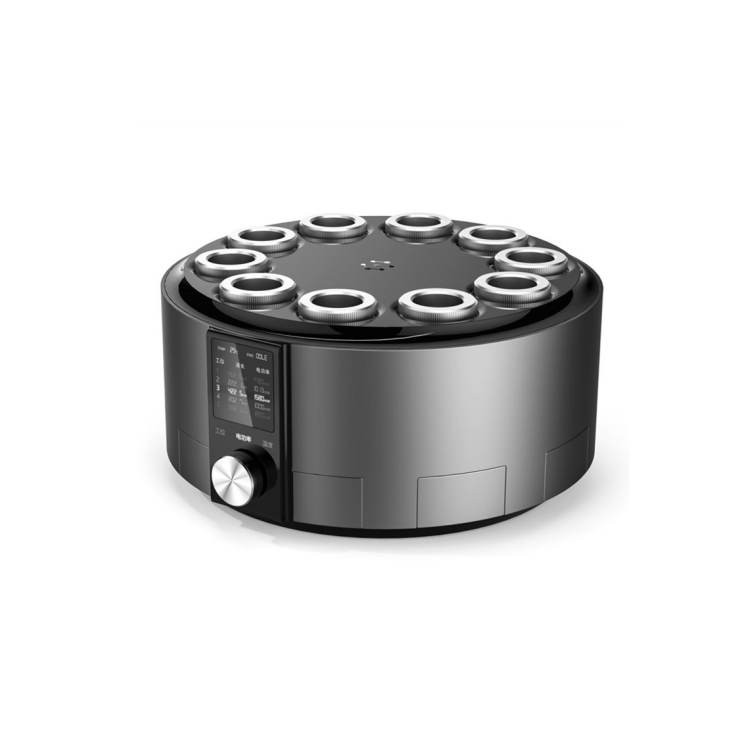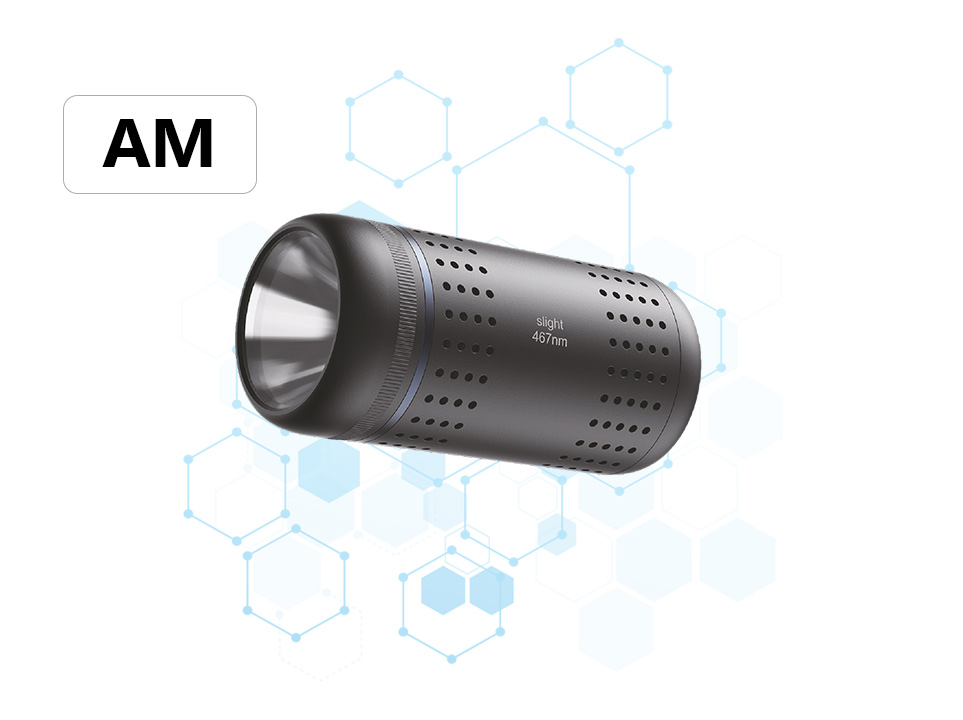Excellent characteristics of photochemical reactor in the synthesis of tetrahydroisoquinoline

The photochemical reactor exhibits exceptional characteristics in the synthesis of tetrahydroisoquinoline (THIQ), offering innovative advantages in green chemistry and efficient catalysis. Below are its key features and their impact on the reaction process:
1. Enhanced Energy Efficiency and Reaction Rate
Light-Driven Energy Activation: Utilizing photons (visible or UV light) to directly excite reactants or photocatalysts eliminates the need for high temperatures or pressures. For example, light-induced electron transfer accelerates ring formation in THIQ’s cyclization or reduction steps.
Rapid Reaction Kinetics: Phot generated intermediates (e.g., radicals, cations, or anions) exhibit high reactivity, significantly shortening reaction times.
2. High Selectivity andStereocontrol
Regional/Stereochemical Control: The spatiotemporal specificity of light (e.g., using chiral photocatalysts) enables precise control over THIQ’s Three-dimensional configuration。For instance, chiral-catalyzed cyclization avoids racemic mixtures.
Reduced Byproducts: Wavelength-selective absorption by photocatalysts suppresses off-target reactions. For example, it eliminates over-hydrogenation byproducts common in traditional metal-catalyzed hydrogenation.
3. Mild Reaction Conditions and Environmental Sustainability
Low-Temperature/Low-Pressure Operations: Reactions typically occur at room temperature or slightly elevated conditions, eliminating the need for high-pressure equipment (e.g., replacing Pd/C-catalyzed hydrogenation).
Eco-Friendly Reagents: Organic photocatalysts (e.g., Ru(bpy)₃²⁺, carbon dots) replace heavy metals, reducing toxicity. Water or ethanol can serve as solvent alternatives, aligning with green chemistry principles.
4. Versatile Reaction Pathway Compatibility
Photoredox Catalysis: Light-induced redox cycles enable multi-step reactions (e.g., radical addition-cyclization tandem reaction to construct THIQ’s six-membered ring).
Synergistic Effects: Combining light with heat or electrochemistry expands reaction possibilities. For example, photo-electrocatalytic systems for THIQ derivatives.
5. Scalability and Process Simplification
Continuous-Flow Reactor Design: Modular systems (e.g., microchannel reactors) enable continuous production, optimizing space-time yield through controlled light intensity and residence time.
Streamlined Post-Processing: Minimal byproducts and catalyst reusability reduce purification costs.
Application Examples
Example 1:Photocatalytic radical cyclization of THIQ derivatives achieves 90% yield without protective groups.
Example 2: Blue-light-driven organic photocatalysts efficiently hydrogenate phenylalanine derivatives into THIQ backbones, reducing reaction time to 1/3 of traditional methods.





